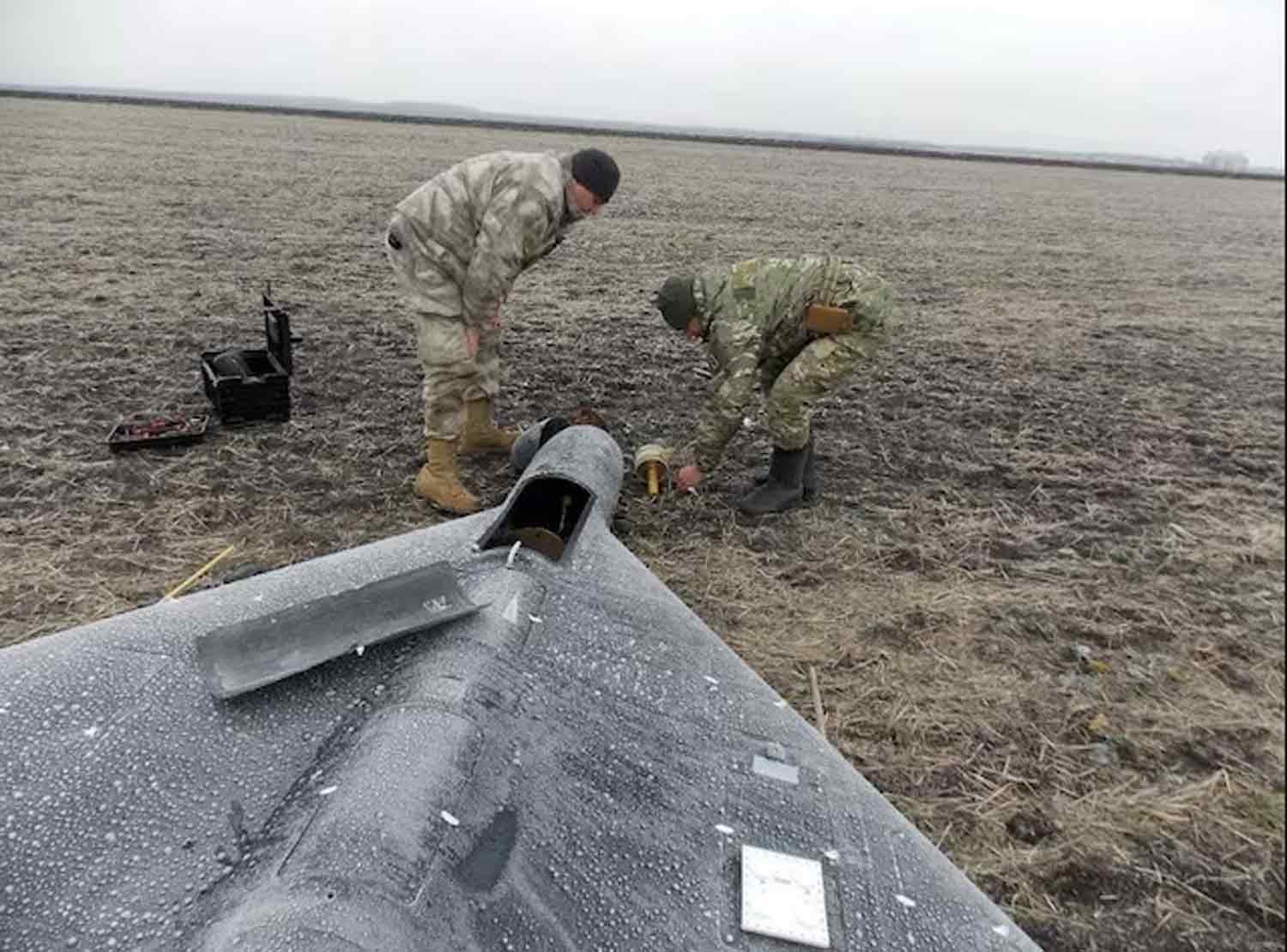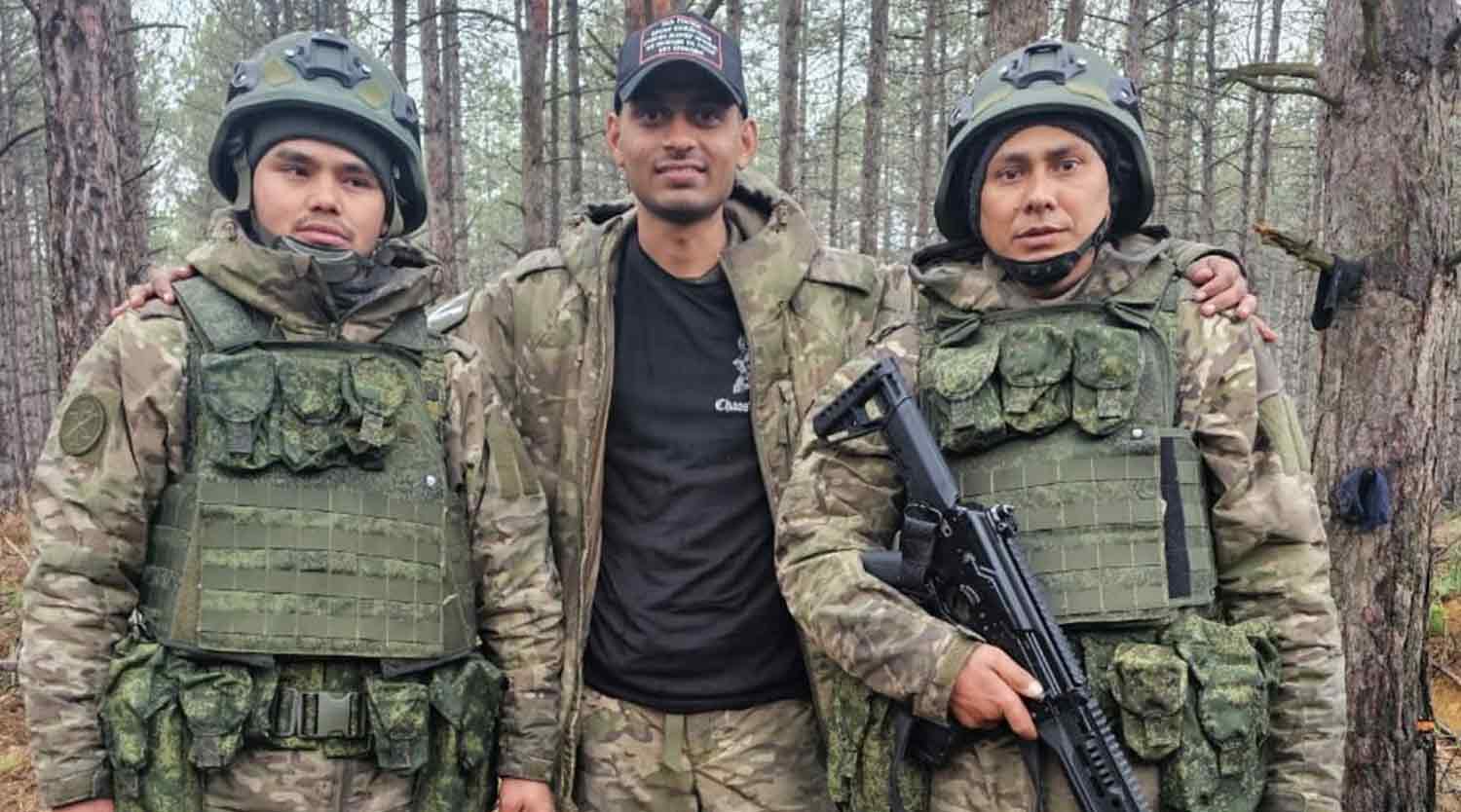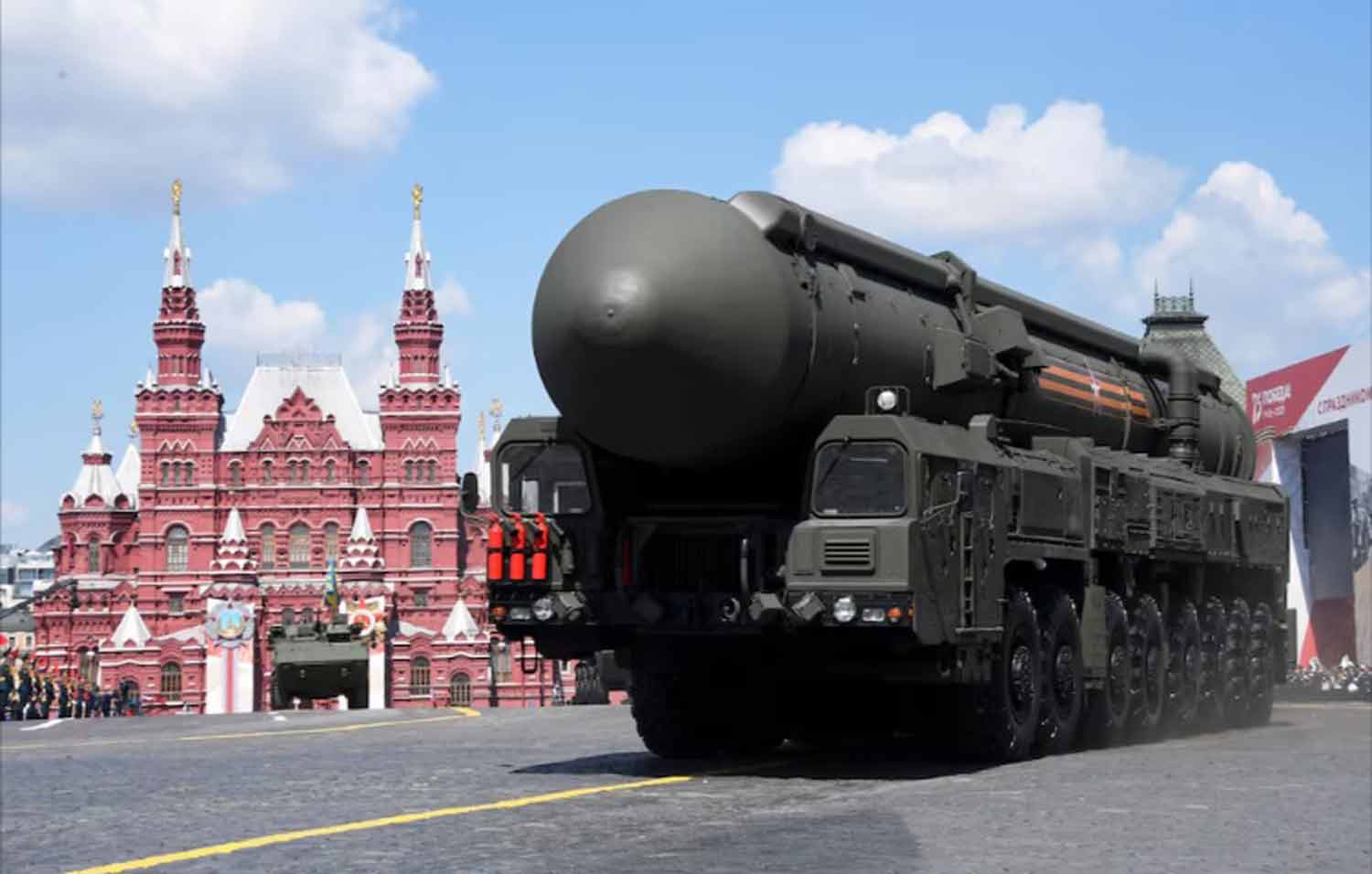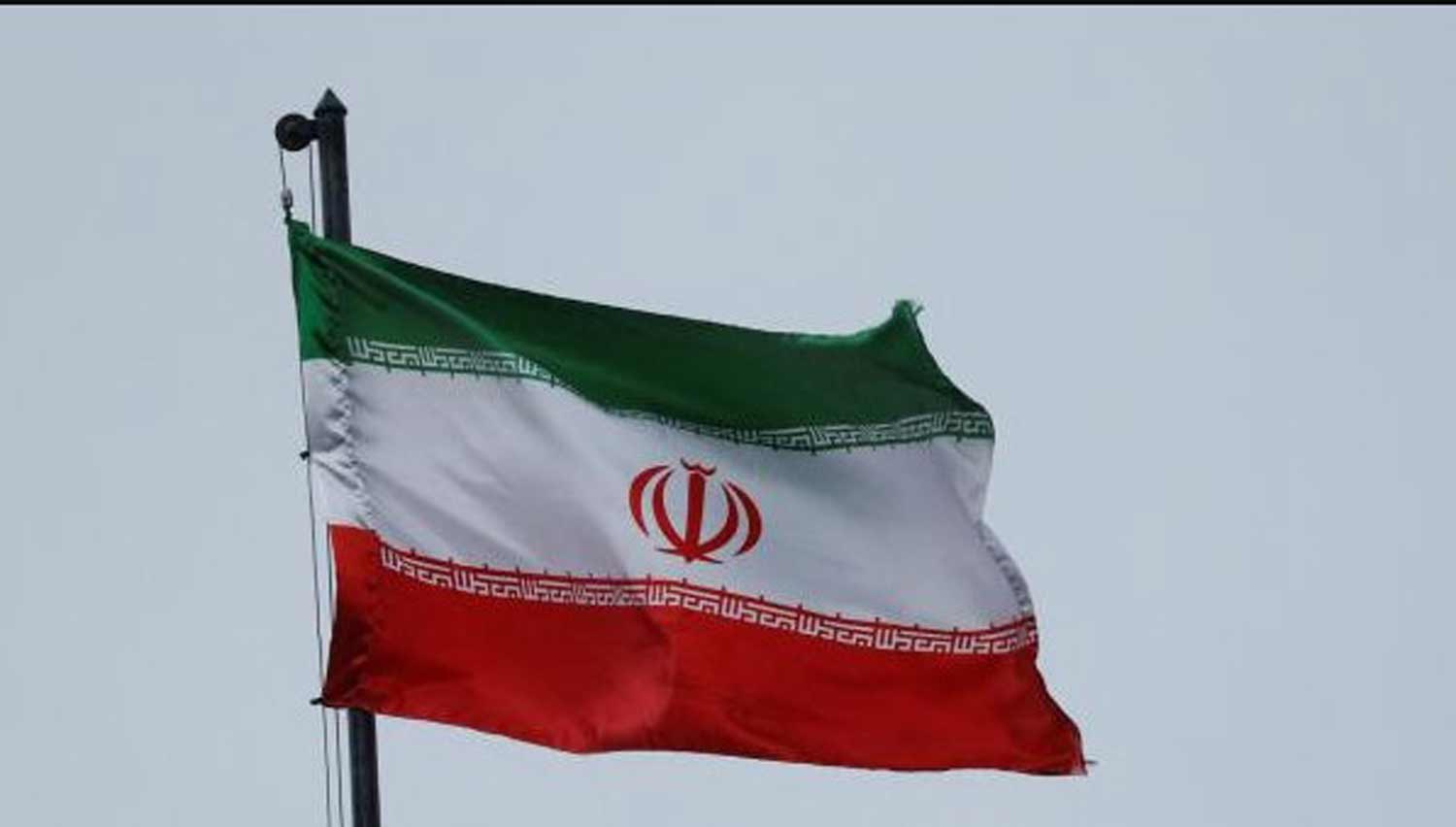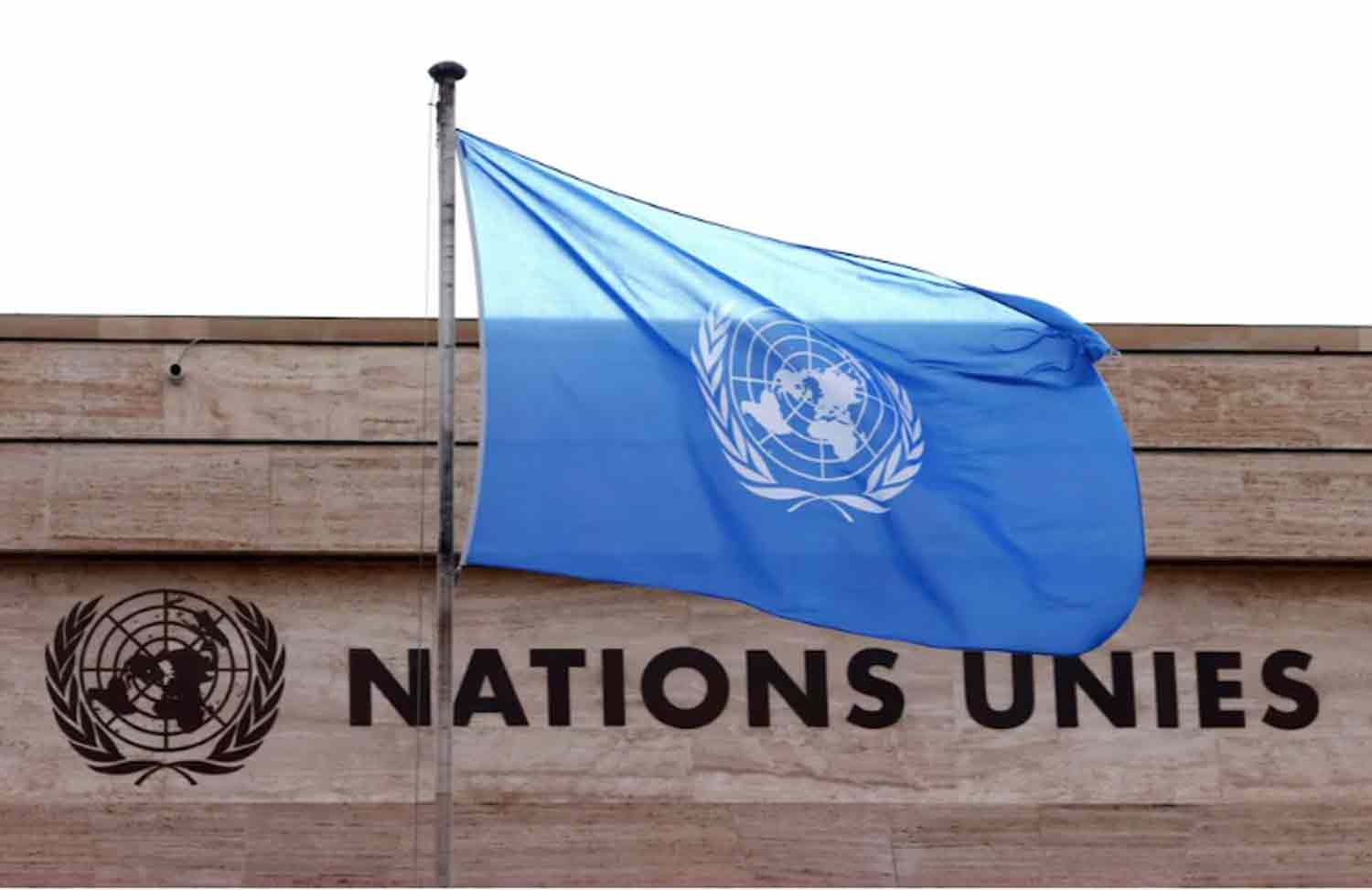According to two sources from a European intelligence agency and documents reviewed by Reuters, Russia commenced the production of a new long-range attack drone named the Garpiya-A1 last year, utilizing Chinese engines and components, which have been deployed in the ongoing conflict in Ukraine.
The intelligence, which included a production contract for the drone, correspondence regarding the manufacturing process, and financial records, revealed that IEMZ Kupol, a subsidiary of the Russian state-owned defense contractor Almaz-Antey, manufactured over 2,500 units of the Garpiya from July 2023 to July 2024.
The presence of this new Russian drone featuring Chinese technology has not been previously disclosed. Neither IEMZ Kupol nor Almaz-Antey responded to inquiries for comment.
The intelligence sources indicated that the Garpiya, translating to Harpy in Russian, has been utilized against both military and civilian targets in Ukraine, inflicting damage on critical infrastructure and resulting in casualties among civilians and military personnel alike.
They provided Reuters with what they claimed were images of a Garpiya wreckage in Ukraine, although further details were not disclosed. While Reuters found corroborating information, it was unable to independently verify the images.
The sources requested anonymity due to the sensitive nature of the information and asked that specific details, including dates related to the documents, be kept confidential.
Samuel Bendett, an adjunct senior fellow at the Center for a New American Security, a think tank based in Washington DC, stated to Reuters that if the existence of the Garpiya is confirmed, it would signify a shift away from Russia’s dependence on Iranian designs for long-range drones. “If this is indeed occurring, it may suggest that Russia is increasingly capable of relying on domestic development, as well as on China, given that both parties in this conflict are dependent on numerous Chinese components for drone manufacturing,” he remarked.
Iran, which did not provide a comment for this report, has delivered over a thousand Shahed “kamikaze” drones to Russia since the onset of the conflict.


